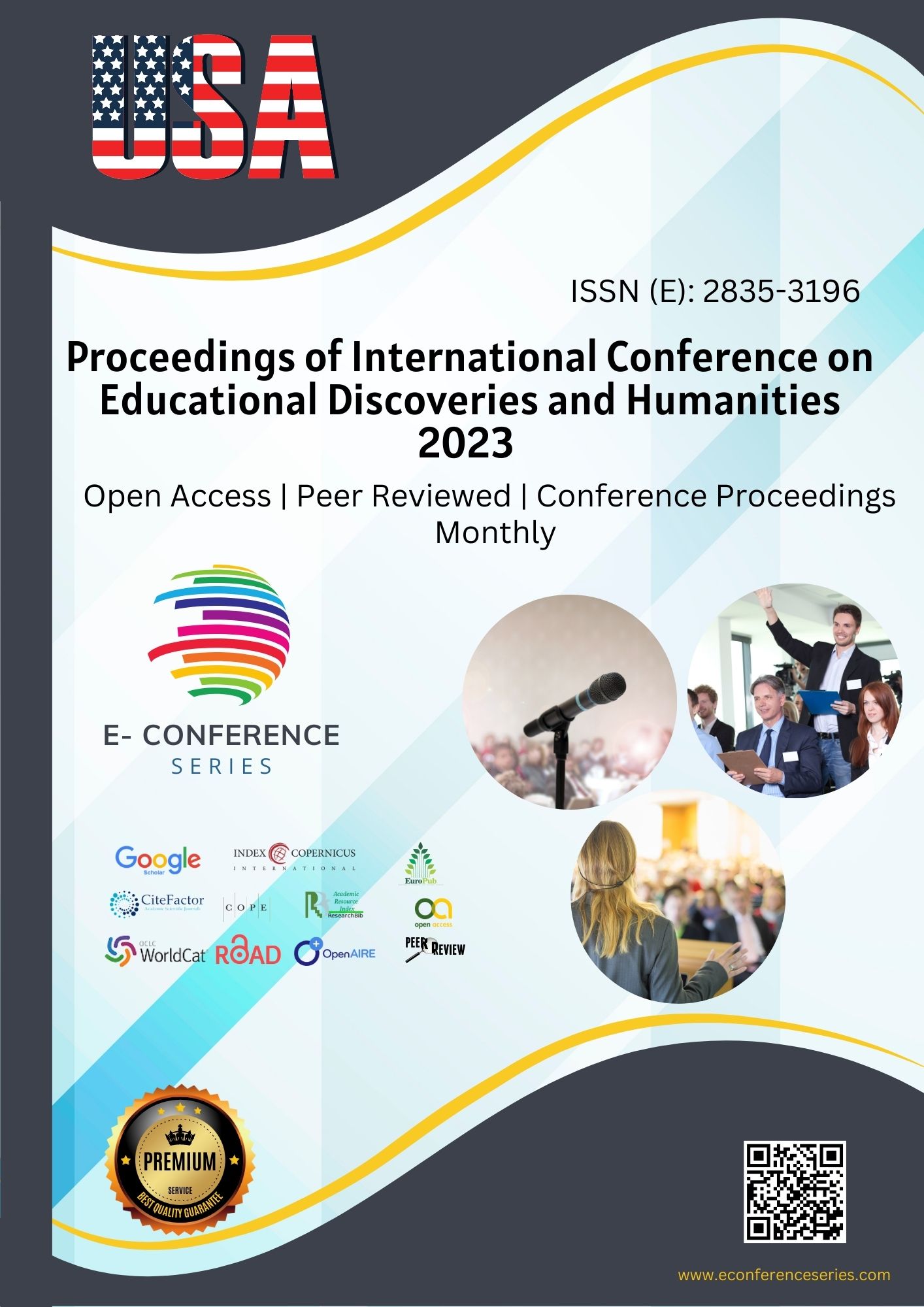АНАЛИЗ НЕВРОЗА ПОСТТРАВМАТИЧЕСКОГО СТРЕССОВОГО РАССТРОЙСТВА У ДЕТЕЙ
Keywords:
ПТСР, дети, невроз, травма, психическое здоровье, психология, вмешательство, жизнестойкостьAbstract
В этой статье исследуется феномен посттравматического стрессового расстройства (ПТСР) у детей, особое внимание уделяется его неврозоподобному проявлению. В нем рассматриваются причины, симптомы и влияние травмы на юное сознание, анализируется существующая литература, обсуждаются методики диагностики и лечения, представлены результаты исследований, а также предлагаются выводы и рекомендации по борьбе с ПТСР у детей.
References
Beers, S. R., & De Bellis, M. D. (2002). Neuropsychological function in children with maltreatmentrelated posttraumatic stress disorder. The American Journal of Psychiatry, 159, 483–486.
Carrion, V. G., Weems, C. F., Ray, R., & Reiss, A. L. (2002). Toward an empirical definition of pediatric PTSD: The phenomenology of PTSD symptoms in youth. Journal of the American Academy of Child & Adolescent Psychiatry, 41, 166–173.
De Bellis, M., Keshavan, M., Spencer, S., & Hall, J. (2000). N- Acetylaspartate concentration in the anterior cingulate of maltreated children and adolescents with PTSD. American Journal of Psychiatry, 157, 1175–117
Horner, M. D., & Hamner, M. B. (2002). Neurocognitive functioning in posttraumatic stress disorder. Neuropsychology Review, 12(1), 15–30.
Noble, K. G., Norman, M. F., & Farah, M .J. (2005).Neurocognitive correlates of socioeconomic status in kindergarten children. Developmental Science, 8, 74–87.
Downloads
Published
Issue
Section
License

This work is licensed under a Creative Commons Attribution-NonCommercial 4.0 International License.








